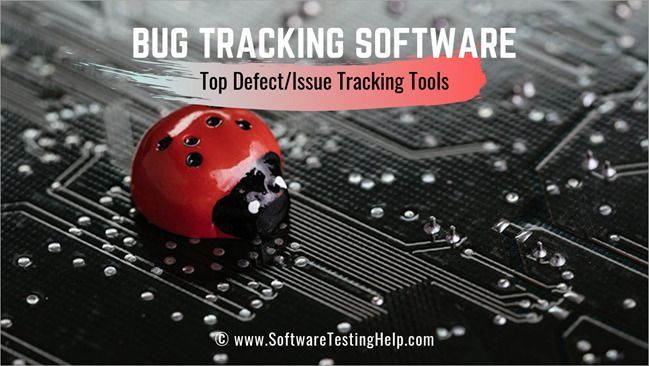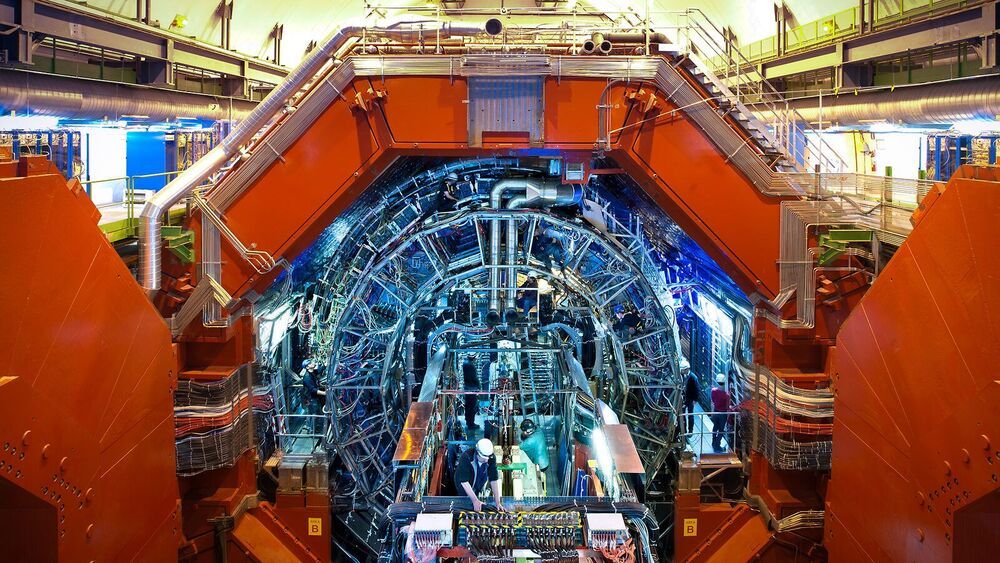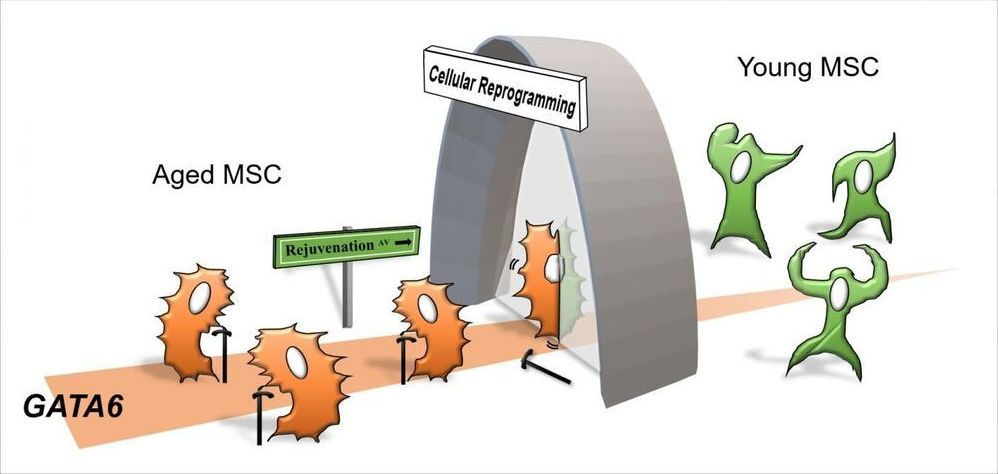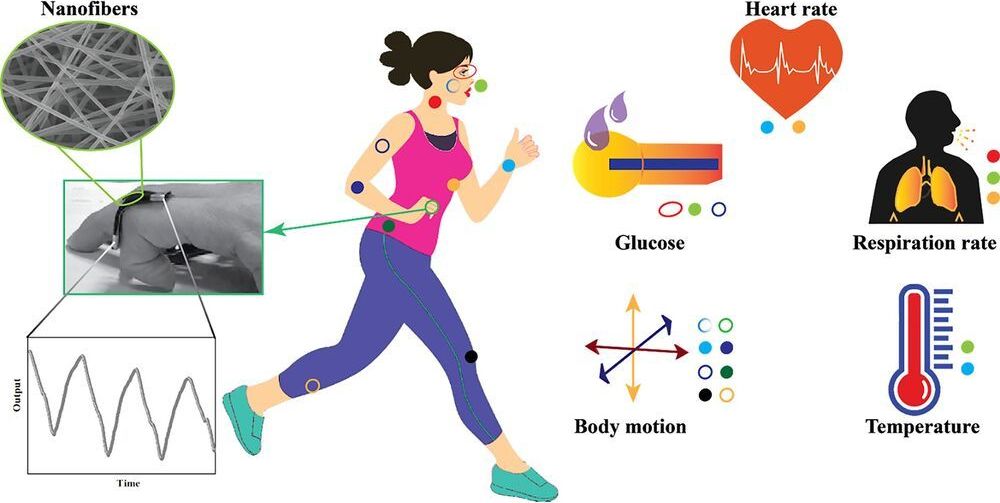“” As sunlight hits the houses, bedroom windows adjust their opacity to allow the natural light to wake sleepy residents,” Terminus said on its website, which also highlights tranquil green spaces like rooftop gardens. “Once the light has filled the room, an AI virtual housekeeper named Titan selects your breakfast, matches your outfit with the weather, and presents a full schedule of your day.” The city, which includes offices, homes, public spaces and self-driving cars that move around under the ever watchful eye of AI, is due for completion in about three years, according to Terminus.”
Web Summit conference hears plans by Danish architecture firm BIG and Chinese tech company Terminus to build an AI-run city in Chongqing.








